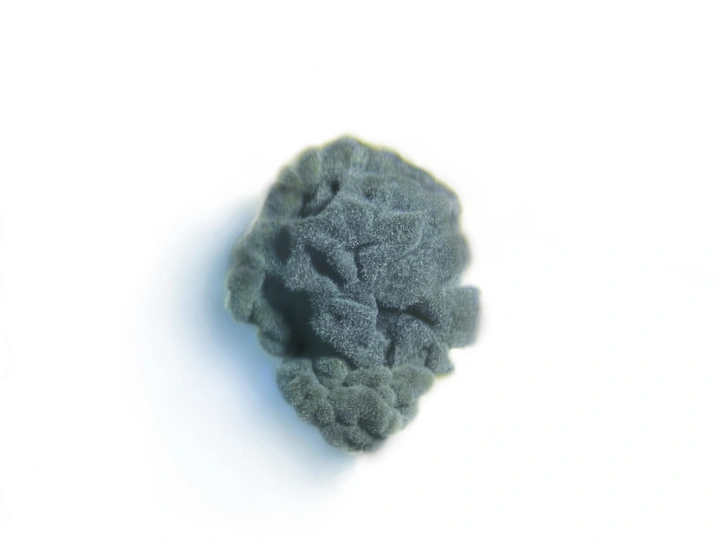Radiotropism

Susana Jimenez Carmona
Agnes Villette
Fernando Cremades (1989) studied art and architecture in Madrid and for the past almost ten years has been exploring extreme environments exposed to radioactivity such as Chernobyl or Fukushima. Although more recently he became interested in the small doses of radiation we receive from our urban environment, especially from radon - gas emitted by buildings/ construction materials.
In 2014, Fernando discovered the presence of radiotrophic fungi. Found in 1990 in Chernobyl by Ukrainian researchers, feeds on radioactivity converting gamma radiation into energy for its growth. From the beginning he found it a fascinating phenomenon and asked himself: how can we apprehend such an unexpected event? How can humans operate in radioactive environments?
His research has been supported by public institutions such as AC/E PICE (Acción Cultural Española), Medialab Matadero, Bilbao Arte Foundation, INJUVE ( (Institute of Youth-Ministry of Social Rights), Circuitos Art Prize (Community of Madrid), UMPRUM (Academy of Arts Architecture & Design in Prague) and Escuela de Arte Diez.
Fernando has been a researcher in residence at the Environmental Health Clinic (New York University), MelaTech (spinoff company at Johns Hopkins University), Medialab-Matadero Madrid and BilbaoArte Foundation.
His work has been exhibited at The Audio Foundation, Ohio Aerospace Institute, Matadero Madrid, Convent de Sant Agustí, Casa Elizalde, Bilbao Arte Foundation, Laboral Art and Industrial Creation Centre, Sant Andreu Contemporani, Madrid Young art Gallery, Museum of Decorative Arts Madrid, Venice Architecture Biennale 2018, Amadis Gallery, Círculo de Bellas Artes Madrid, Apexart Gallery, Institute of Architects of Madrid, Segovia Art Center La Cárcel, Mulafest Festival Madrid, European University of Madrid, Technical School of Architecture of Madrid, AEDES Berlin and Kunstmuseum Liechtenstein among others.
In 1990, the presence of a black mold on the walls of the Chernobyl reactor changed the way in which we approach radioactivity. Ukrainian scientists discovered the presence of black fungi growing in the damaged nuclear reactor of Chornobyl.
Researcher Nelli N. Zhdanova took samples and exposed them to ionizing radiation and saw how the fungi grew attracted by radioactivity. This tendency or phenomenon of a living organism to grow or move towards a source of ionizing radiation was named Radiotropism. This fungi was able to degrade radioactive material, therefore, they named it radiotrophic fungi because of its ability to convert gamma radiation into energy devoted to its growth.
“In general, we think of radiation as something bad or harmful. Here we have a situation where these fungi appear to benefit, which is unexpected.” Arturo Casadevall
This discovery presented a paradigm shift in our understanding but since then, very little developments have taken place. Are there other living organisms able to resist high doses of radioactivity? What can we learn from living organisms that use radioactivity to survive? The use of black fungi presents a unique opportunity to restore sites exposed to ionizing radiation: nuclear power plants, waste storage facilities, future nuclear accidents, highly radioactive or cosmic radiation in Space.
In 2017, thanks to the support of the INJUVE (Institute of Youth-Ministry of Social Rights) and New York University, I developed an initial spore-spreader prototype. The device measures gamma radiation with an integrated Geiger counter and spreads out radiotrophic fungus spores when radiation levels become really high. What consequences could it entail in a radioactive environment if we could periodically disseminate spores of this living organism? What would happen after one, five, ten or fifteen years?